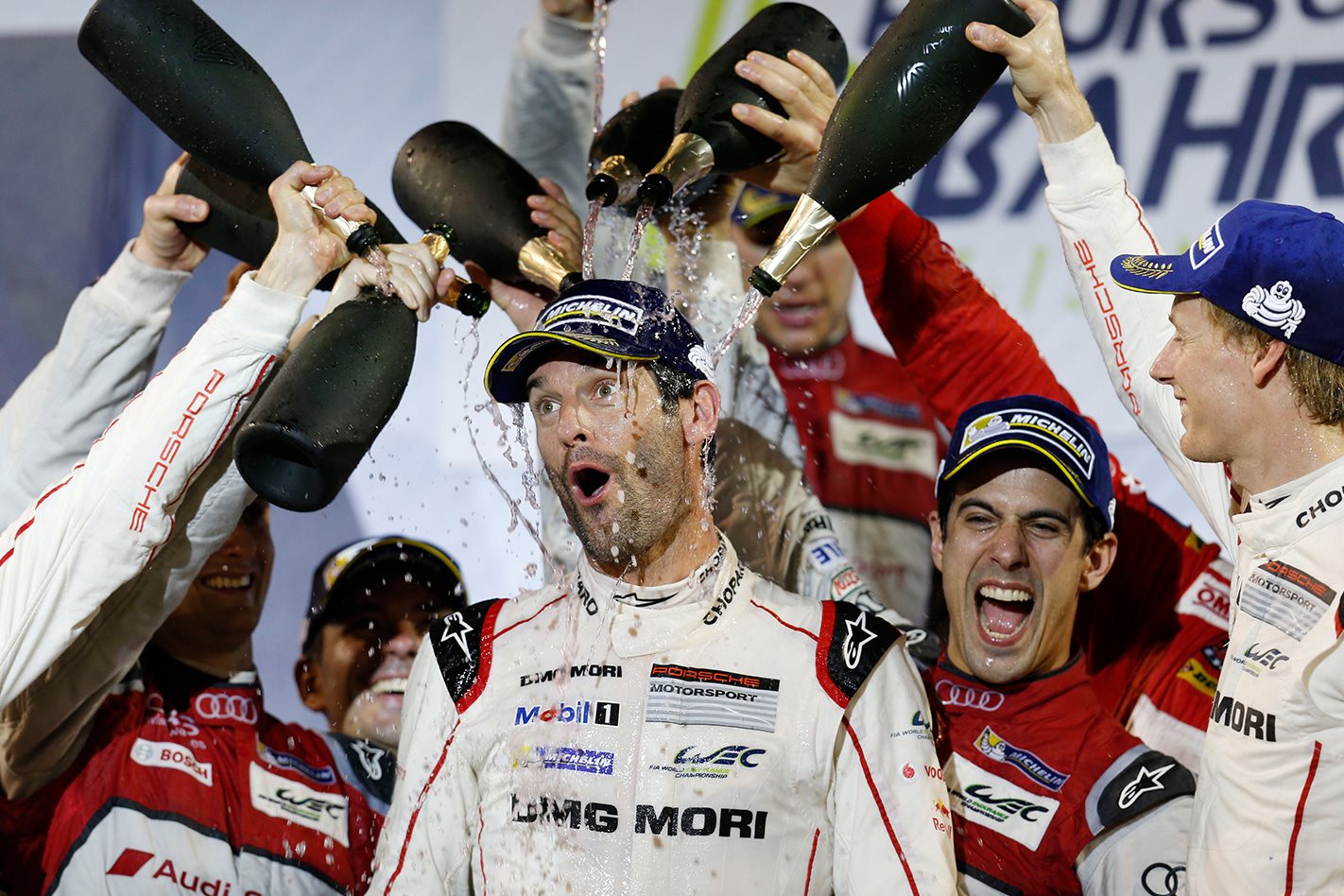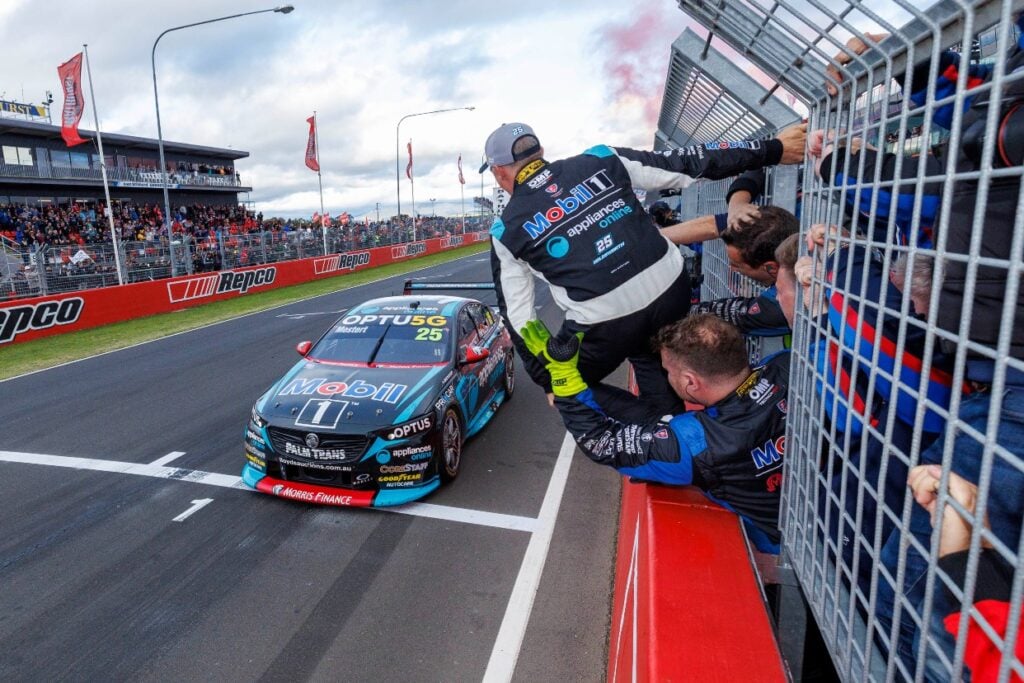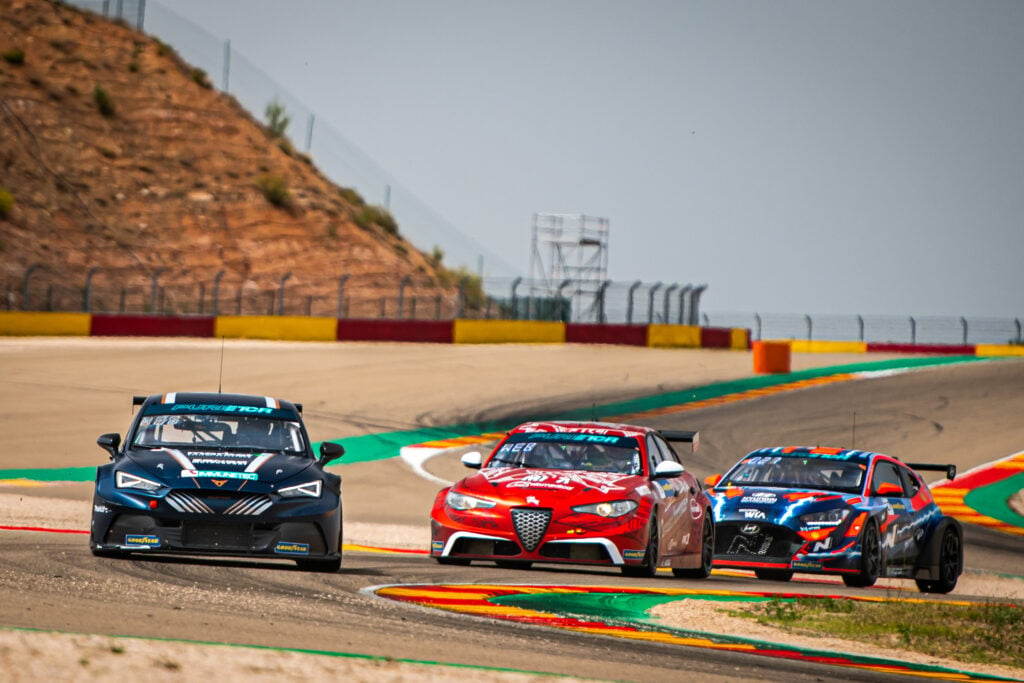Audi bows out of WEC with a win in Bahrain
Webber on podium in final race before retirement
Audi has ended a stunning 18-year participation in top-level sportscar racing with an emphatic one-two finish in the final round of the 2016 FIA World Endurance Championship in Bahrain – but a sixth-place result by the #2 Porsche was enough to seal the drivers’ title for Neel Jani, Romain Dumas and Marc Lieb.
The win – the second of the season for the victorious crew of Lucas Di Grassi, Loic Duval and Oliver Jarvis – handed Audi a fairytale conclusion to its WEC and Le Mans campaigns.
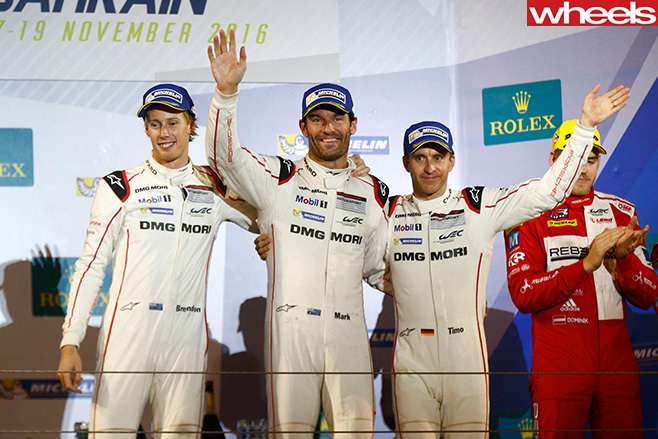
The sister machine shared by Andre Lotterer, Benoit Treluyer and Marcel completed the one-two some 16 seconds behind.

“I was the second and the last driver in the car today, and pretty happy with both stints,” said Webber after his final day in the office.

“I enjoyed the last stint and I got the chance to bring the car to the chequered flag for the top three finish, and this was the maximum we could get today.
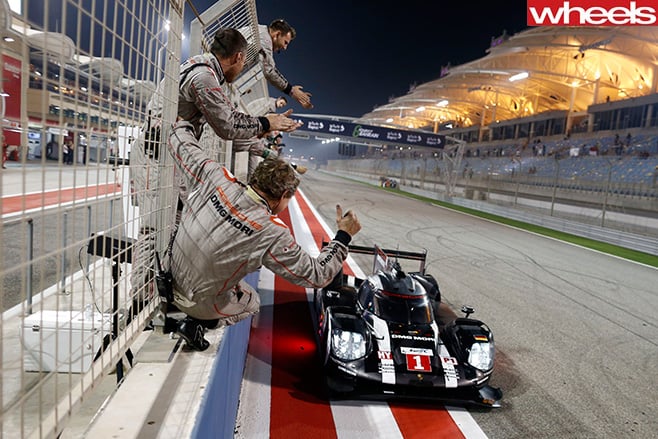
Toyota had a disappointing Bahrain. The #5 car of Sebastien Buemi, Anthony Davidson and Kazuki Nakajima was fourth.
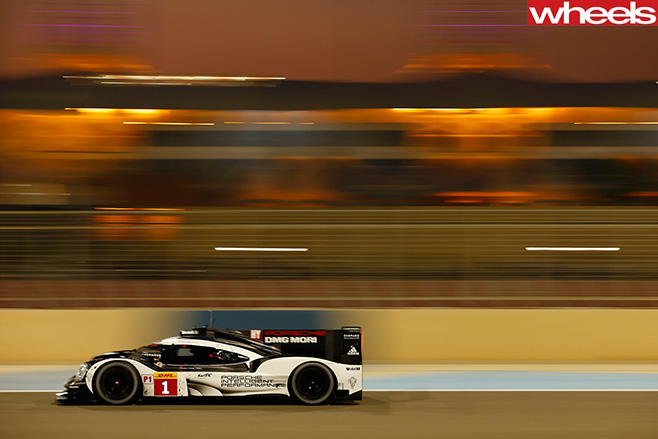
But sixth place to the Porsche of Jani, Lieb and Dumas was enough to take the title.
Mikkelsen beats Ogier in fair fight in Volkswagen’s WRC farewell
Emotional win couldn’t have been better timed, with the Norwegian now unemployed
Norway’s Andreas Mikkelsen lived with incredible pressure from his star Volkswagen team-mate Sebastien Ogier to land the most important win of his career to take an all-the-way win in the concluding round of the 2016 FIA World Rally Championship, a steamy and dusty Rally Australia.
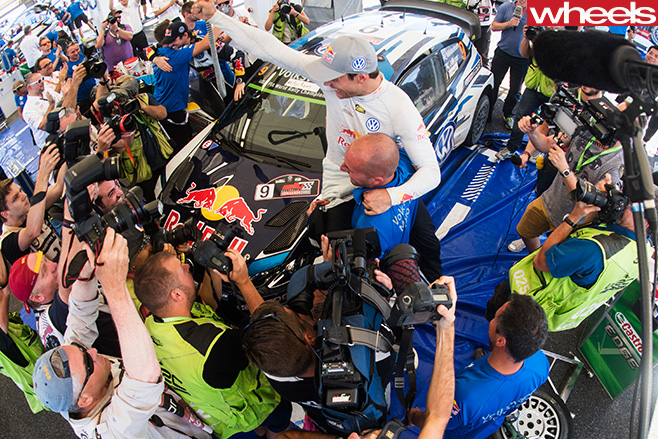
Mikkelsen had been under intense pressure with an overnight lead of just 2.0 seconds over the four-times world champion, never an easy man to hold at bay.
But the pressure eased momentarily when Ogier spun on the second stage of the final day, opening the gap to more than 22 seconds.
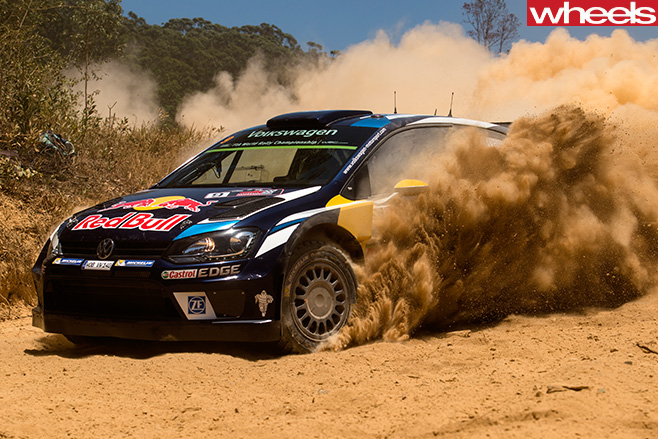
“This is a perfect end to the season,” Mikkelsen said of his win.
“All year consistency and pace was our aim with the championship in mind, but I came here with nothing to lose. I could go flat out and see what we could do.
“We challenged the world champion and beat him fair and square on the same road conditions. It’s my best victory but it’s sad to see this team and the car come to an end.”
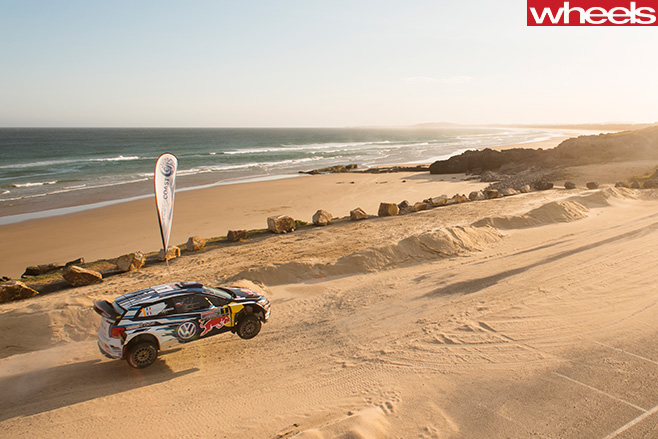
Kiwi Hayden Paddon and Spain’s Dani Sordo took fourth and fifth to conclude a solid season by the Korean manufacturer, which surely starts one of the favourites in 2017.
Picking an outright favourite at this early stage is awkward as the plans of the three outgoing VW drivers Ogier, Mikkelsen and Jari Matti Lattvala are still unconfirmed.
Emotional scenes followed VW’s one-two conclusion to a stunning last four years in the WRC – 52 rallies, 958 special stages, 640 stage wins, and 87 podium finishes, including 43 victories.
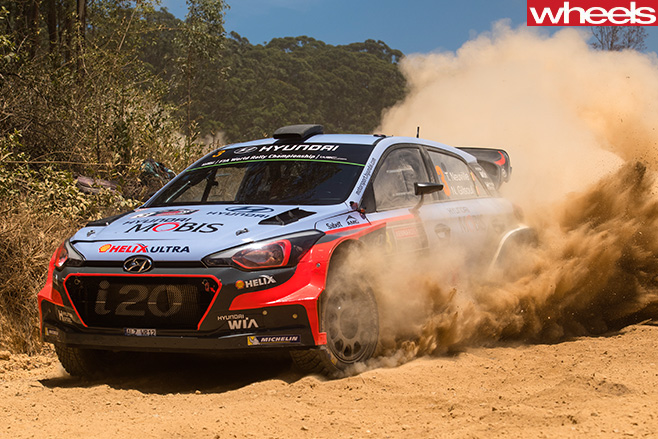
At the conclusion of Rally Australia, Ogier’s co-driver Julien Ingrassia set about on a selfie marathon, the four-time world champion co-driver taking a photo of himself with every single member of the team at the rally, lasting reminders of the four years together.
ARC: Taylor slides into history as ARC champion
First female to win the Australian Rally Championship
Subaru’s Molly Taylor has become the first female winner of the Australian Rally Championship (ARC) after the tightest title tussle in 25 years in the season finale in the forests around Coffs Harbour.
Sydneysider Taylor started the event trailing trailed four-time champion Simon Evans by five points and was one point ahead of 21-year-old Harry Bates.
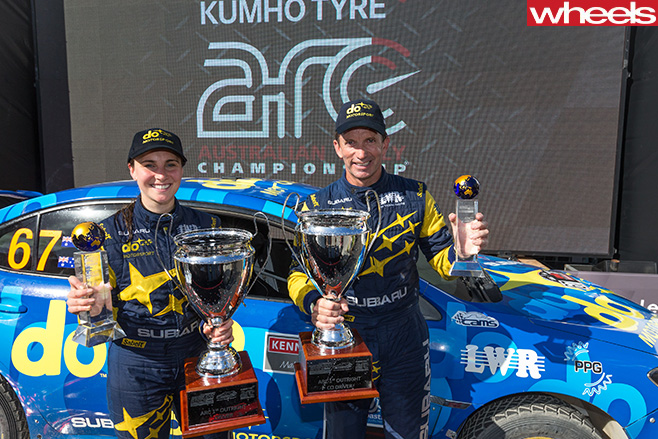
Pedder was relegated to second place in the event after receiving a one-minute penalty for arriving late at a time control on the penultimate stage. This meant he finished 39.3 seconds behind Taylor.
Bates of Canberra was third in a Toyota Corolla S2000.
Evans seemed set to take his fifth ARC crown until Pedder was penalised.
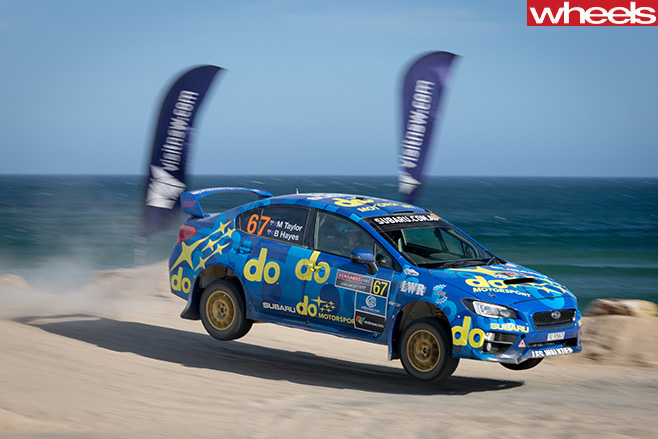
Taylor/Hayes finished 14th outright and leading Australian crew in the World Rally Championship round run in tandem with the ARC.
“I can confirm today that dreams really do come true,” said Taylor, who drove a production class WRX STI NR4.
“We’re so pleased to be able to do it for Subaru too, with their incredible rally heritage.”
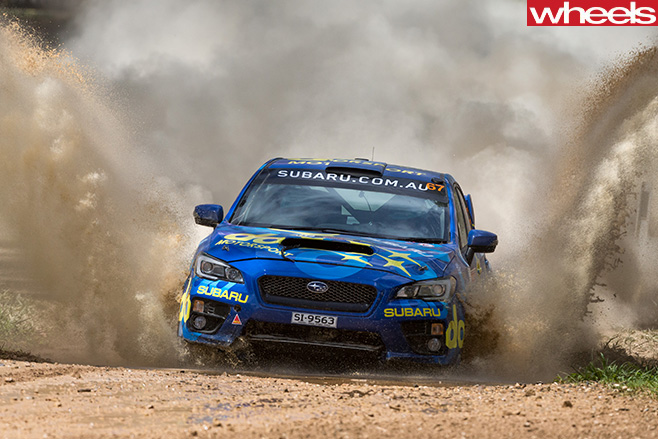
She returned to compete in Australia full-time last year after several seasons overseas, during which she won the European and British ladies championships and several honours in junior categories of the World Rally Championship.
Regarded in recent years as the world’s number one female rally driver, she has been mentored by the legendary Michele Mouton of France, the only woman to win a world championship rally.
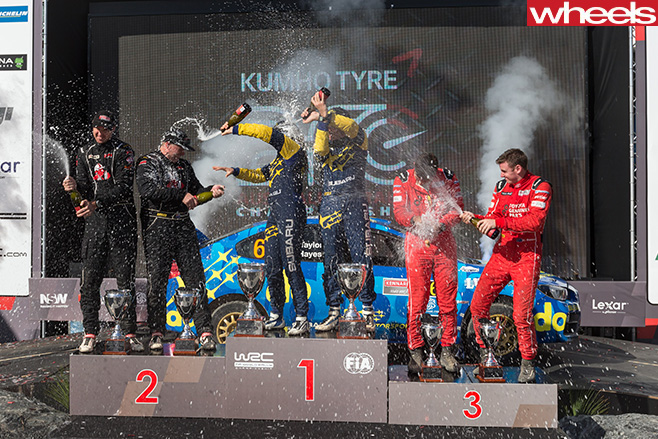
After dominating early, Evans was knocked down the order with two punctures on Saturday, ending up sixth in a Subaru.
Taylor also had to fight an overheating Subaru in the savage temperatures over the weekend.
Bates then looked a huge chance to take the title, and become the youngest national champion the ARC has known, but his chances dealt a crushing blow when he too had a flat tyre. This dropped him to third.
History beckoned for Taylor.
BOOK REVIEW: Sprint cars are the last frontier
Read Caged Heat – and feel and smell it too – for a great insight into a primal form of motor sport
Sprint cars have enormously powerful engines, four wheels and wings. But that’s about as close as you get in making comparisons with the squeaky clean world of Formula One, replete with urgers in designer threads and squillion dollar corporate backers.
It’s unlikely a sprint car has ever been sighted at Monaco.
And that’s neither a good thing or a bad thing. It’s what it is.
The natural habitat for sprint cars is the dirt or clay oval tracks. It’s a different world. Think beer, not champagne. Hot dogs, not petite fours. You won’t find the Paddock Club at Knoxville, or Eldora, or Sydney Speedway. Sprint car arcing is gritty, lacking in pretence and hype, but huge on sheer spectacle.
A grand new hard-cover book on sprint cars – maybe the best ever such tome – called Caged Heat, runs to 548 glossy pages and weighs about as much as an aluminium V8 engine block.
A three-year labour of passion for author Tony Loxley, the book tracks the vague origins of the sport, which began in the US in the 1930s or ‘40s and in the 1970s migrated to Australia and New Zealand.
Caged Heat follows the early days of sprint cars and the stars who developed a “drive anything” mentality, easily moving up to the Indianapolis 500 or maybe across the smaller midget cars (or later) NASCAR stock cars.
Loxley gives great and due emphasis to the big names from the US – Steve Kinser, Sammy Swindell, Donny Schatz and back to Doug Wolfgang. And the local heroes present and past such as Brooke Tatnell, Kerry and Ian Madsen, James McFadden, Jamie Lines, and the earlier guns, goers like Skip Jackson, Max Dumesny, Peter Murphy, George Tatnell and Garry Rush.
Readers are reminded that Marcos Ambrose experienced a sprint car in 2010, at Fremont, Ohio.
In his foreword, three-times NASCAR champion Tony Stewart (who also races sprint cars and anything else with a steering wheel), highlights the sixth sense required when threading through a field of similar over-powered, bucking, sliding, accelerating wild beasts. No mirrors, no radios, no spotters.
Ten-times Australian champion Rush takes the word picture further; “Try racing 40 laps strapped to a lightweight chassis and 900 horsepower engine, with only your backside and steering wheel telling you how the car is working.”
But the photographs make Caged Heat. Candids, portraits, action, day and night, Australasia and North America. City tracks, dusty country bullrings. Even some banked asphalt ovals.
More than words, the pics collectively capture the crazy, primal roar of sprint car racing, the sport that Mario Andretti professes his love for. “To me there is no finer sight in the world than an evening sprint car show.”
No argument.
Caged Heat retails for $94.95 and is available via the Full Throttle Publishing website or from all good bookshops in Australia, New Zealand and the US.

